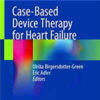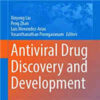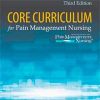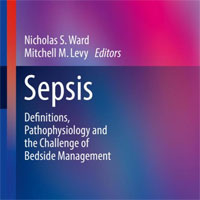Choice of Fluid Therapy in the Initial Management of Sepsis, Severe Sepsis, and Septic Shock
journals.lww.comSepsis results in disruption of the endothelial glycocalyx layer and damage to the microvasculature, resulting in interstitial accumulation of fluid and subsequently edema. Fluid resuscitation is a mainstay in the initial treatment of sepsis, but the choice of fluid is unclear. The ideal resuscitative fluid is one that restores intravascular volume while minimizing edema; unfortunately, edema and edema-related complications are common consequences of current resuscitation strategies. Crystalloids are recommended as first-line therapy, but the type of crystalloid is not specified.

















